Perfecting policies and regulations on domestic solid waste in the coming time
Questioning the Minister of Natural Resources and Environment, delegate Nguyen Thi Ngoc Xuan ( Binh Duong province) said that according to the current report, the rate of collection and treatment of domestic solid waste is very high. Compiled from reports from 57/63 localities, specifically in urban areas, this rate reached 96%, exceeding the target set by the National Assembly of 89%, and in rural areas it reached 71%.
However, through monitoring and actual voter feedback, this figure is not accurate, because the system of procedures for classifying, collecting, transporting and treating domestic solid waste is not good and lacks technical and economic standards. Delegates asked the Minister to inform about the implementation results, causes and solutions to solve this problem?
Responding to the question of delegate Ngoc Xuan, Minister Dang Quoc Khanh said that in 2022, the total amount of domestic waste generated nationwide is 67,110 tons/day, of which urban areas are 36,870 tons, and rural areas are 29,455 tons. In recent years, localities have also promoted the collection and treatment of waste, paid attention to this field and many waste incineration plants for power generation or waste treatment have been built.
Currently, the country has about 1,326 facilities for treating domestic solid waste, including 467 incinerators and 38 nationwide composting lines and 1,207 domestic solid waste landfills. Currently, about 65% of the country's waste needs to be buried, while about 16% of the total waste is recovered by processing plants and developed into energy.
The Minister added that in reality, household waste as discussed by delegates, according to local reports, is 96% urban waste, and 75% rural waste is treated. This is the number treated by landfill.
"Currently, we are having difficulty in calling for socialization to handle, build power generation incineration plants and classify and treat waste. The reason is that we have not classified waste at source, have not done it thoroughly, have not implemented it; secondly, the localities have enough waste to build factories that require large capacity and large amounts of waste for centralized treatment," said the Minister.
Faced with the above reality, the Minister said that the Ministry of Natural Resources and Environment has implemented a number of solutions and implemented instructions such as Circular 02 of the Ministry. Accordingly, it promulgates the content and technical requirements for environmental protection for collection and transfer points of domestic solid waste; requirements and technical requirements for environmental protection for vehicles transporting domestic solid waste; criteria for technology for treating domestic solid waste; prices for services for collecting and treating domestic solid waste; forms of prices for services for collecting and treating domestic solid waste according to the weight and volume of waste; methods for pricing domestic solid waste treatment services applicable to investors and waste treatment; domestic solid waste landfills and has documents guiding localities to classify waste at source.
According to the Minister of Natural Resources and Environment, localities can proactively classify waste at source from three main sources. The Minister suggested that localities, based on the guidance of the Ministry of Natural Resources and Environment, focus on promoting and mobilizing people to classify waste at source. From there, we will have a way to thoroughly treat waste.
At the same time, the Ministry will continue to review and complete policies and regulations on domestic solid waste in the coming time, in which the Ministry will prioritize the issuance of a set of technical and economic norms until 2024 on the collection and transportation of domestic solid waste. And continue to review and issue National Standards on domestic solid waste incinerators.
Do not let illegal sand mining cause riverbank erosion
Concerned about the situation of sand mining causing riverbank erosion, delegate Pham Van Hoa (Dong Thap province) said that it is necessary to limit sand mining as much as possible, especially in the Mekong Delta region, along with the need to assess the environmental impact, only then can riverbank erosion be reduced.
According to the delegate, in addition to the harm caused by illegal sand mining, this also affects the environment. The delegate is concerned that according to the license, the mining is only allowed to be down to 10 - 20 m, but they are mining up to 30 - 40 m. Therefore, the delegate raised the issue of solutions to manage and limit sand mining to reduce riverbank erosion?
Regarding this issue, Minister Dang Quoc Khanh said that the amount of sand flowing into the Tien and Hau rivers of the Mekong Delta region compared to 2003 was only 30% of the previous amount. The reason was that the upstream of these two rivers had built dams. The second was illegal sand mining for construction.
“This exploitation has been decentralized to the locality. In the near future, the Ministry will evaluate the entire sand reserve system of the Mekong Delta and will support localities in inspection and supervision, although this is very difficult. The Ministry will try to work with the Department of Geology and Minerals to have machines to evaluate this issue,” said the Minister.
Besides, Minister Dang Quoc Khanh also requested localities to make a comprehensive assessment, not to allow illegal sand mining in rivers, causing riverbank erosion./.
Source link



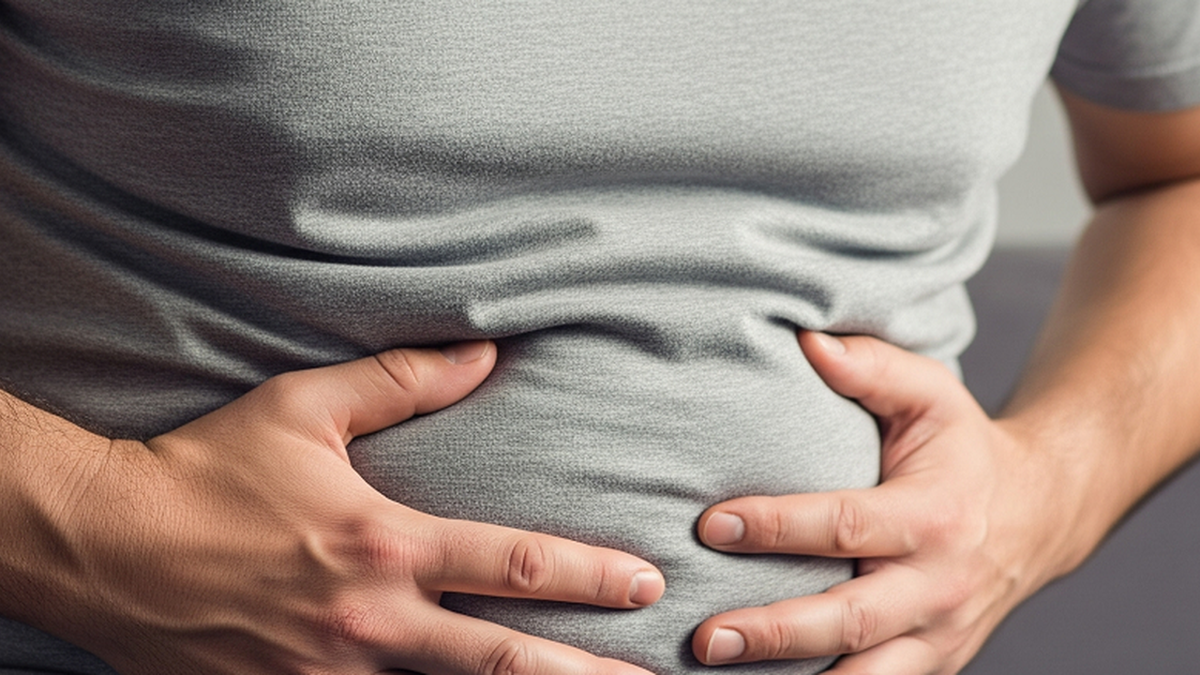

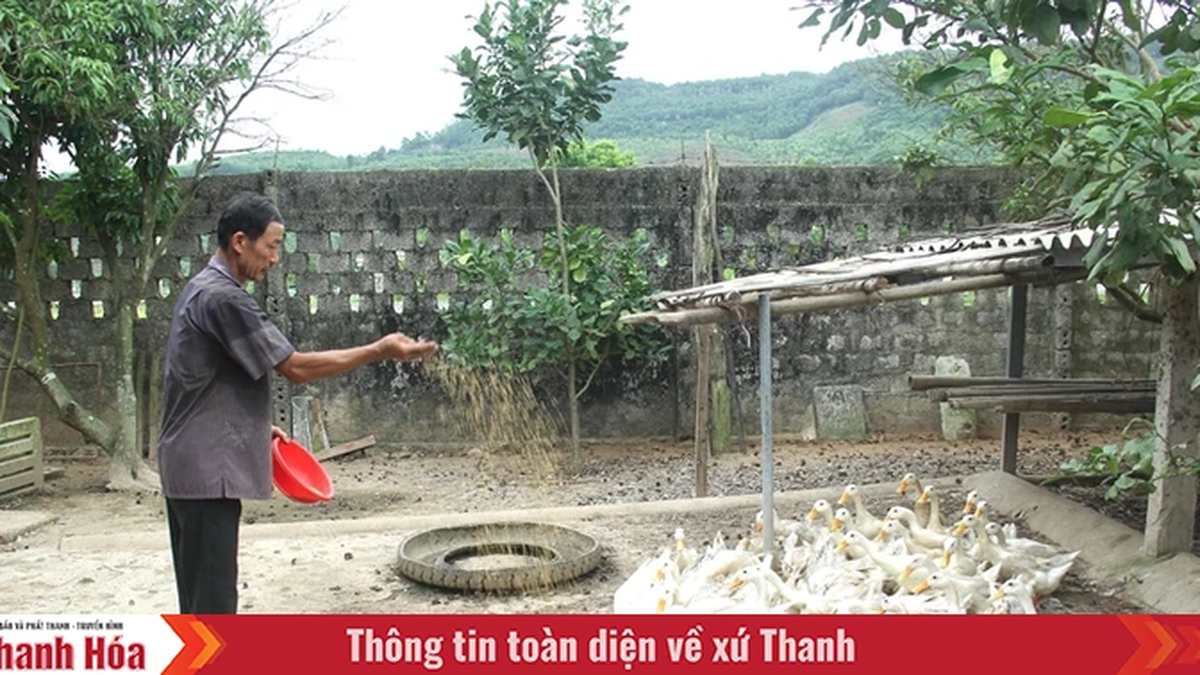
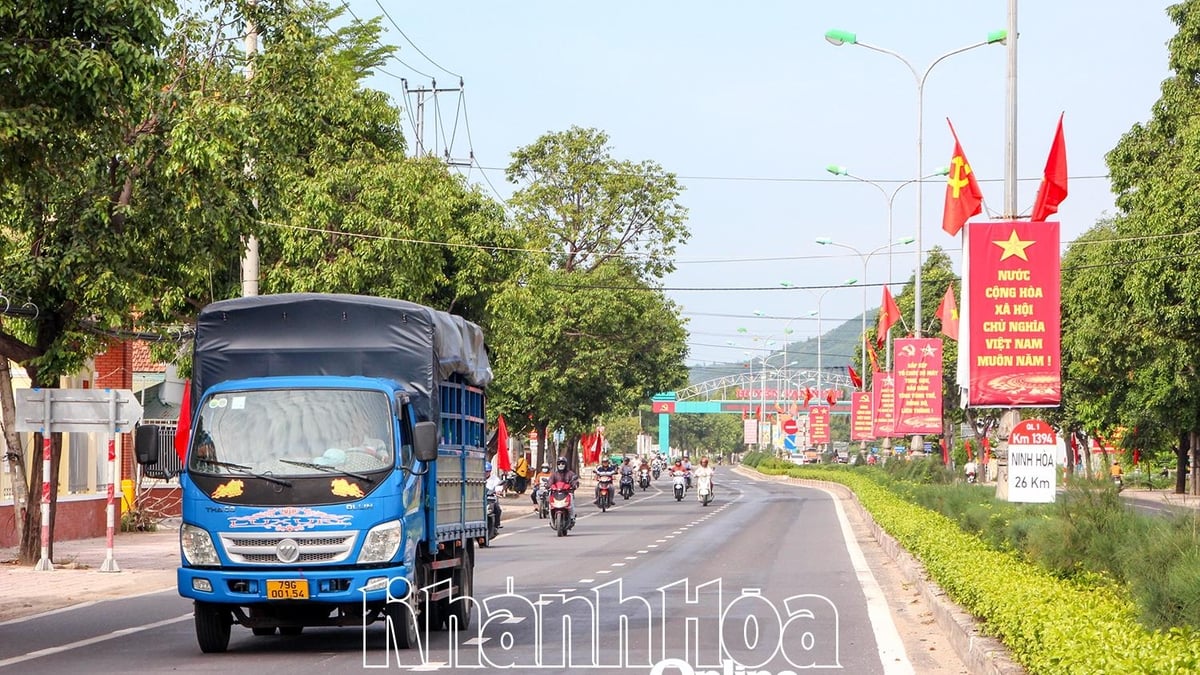



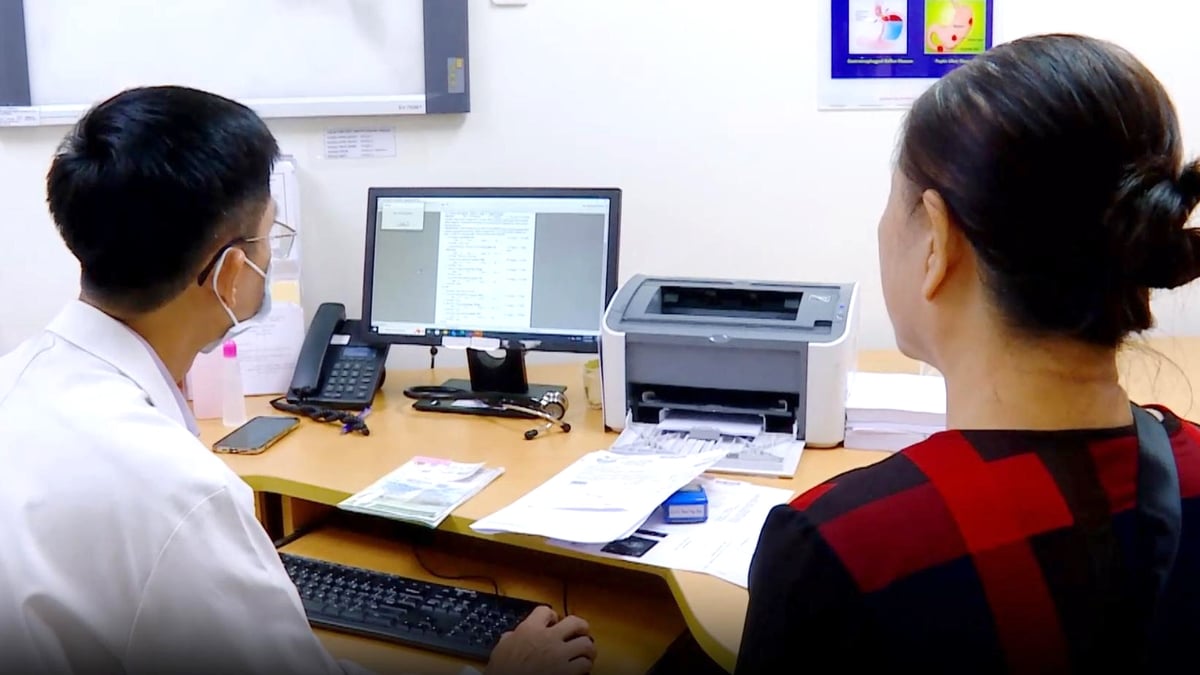
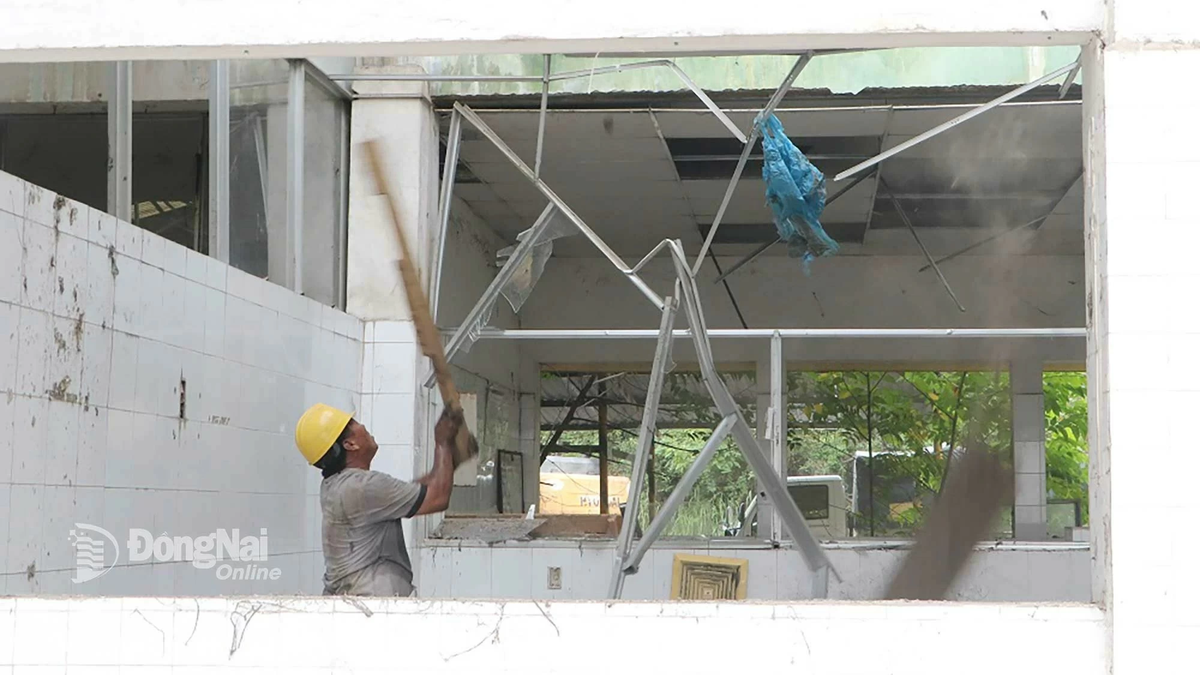












































![[Maritime News] Container shipping faces overcapacity that will last until 2028](https://vphoto.vietnam.vn/thumb/402x226/vietnam/resource/IMAGE/2025/7/30/6d35cbc6b0f643fd97f8aa2e9bc87aea)









































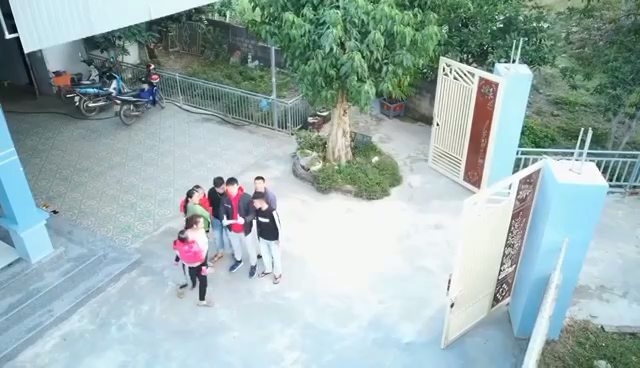
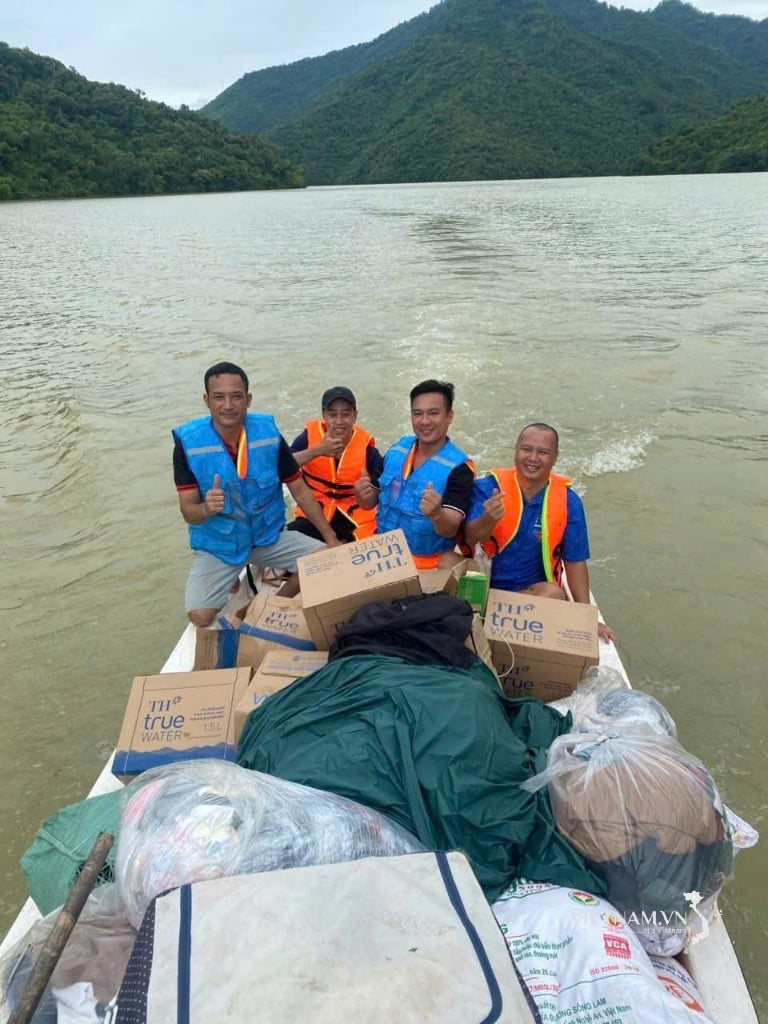

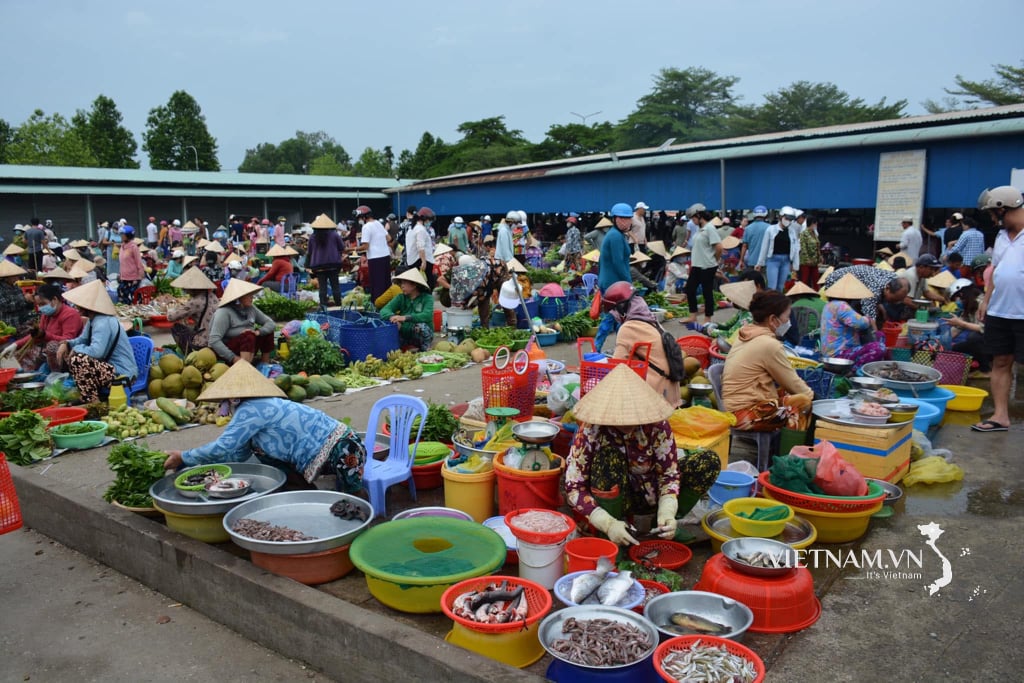
Comment (0)